Rising Incidence of Hydrocephalus
The hydrocephalus market in Japan is experiencing growth due to the rising incidence of hydrocephalus cases. Recent data indicates that the prevalence of this condition is increasing, particularly among infants and the elderly. This trend is likely to drive demand for treatment options, including shunt systems and endoscopic procedures. As the population ages, the number of individuals diagnosed with hydrocephalus is expected to rise, thereby expanding the market. Furthermore, advancements in diagnostic techniques are leading to earlier detection, which may contribute to an increase in reported cases. Consequently, healthcare providers are focusing on developing innovative solutions to address this growing need, which is anticipated to positively impact the hydrocephalus market in Japan.
Government Initiatives and Funding
Government initiatives aimed at improving healthcare infrastructure in Japan are playing a crucial role in the hydrocephalus market. Increased funding for neurological research and treatment facilities is expected to enhance the availability of advanced treatment options. The Japanese government has been investing in public health campaigns to raise awareness about neurological disorders, including hydrocephalus. This funding is likely to facilitate the development of new technologies and therapies, thereby expanding the market. Additionally, public health policies that promote early diagnosis and intervention are expected to improve patient outcomes, which may further stimulate growth in the hydrocephalus market. As a result, the collaboration between government bodies and healthcare providers is essential for fostering innovation and improving care for patients.
Advancements in Surgical Techniques
Innovations in surgical techniques are significantly influencing the hydrocephalus market in Japan. Minimally invasive procedures, such as endoscopic third ventriculostomy, are gaining traction due to their effectiveness and reduced recovery times. These advancements are likely to enhance patient outcomes and increase the number of surgeries performed. Moreover, the development of new materials for shunt systems is expected to reduce complications and improve the longevity of devices. As surgical techniques continue to evolve, healthcare professionals are better equipped to manage hydrocephalus cases, which may lead to a higher demand for surgical interventions. Consequently, the hydrocephalus market is poised for growth as these innovations become more widely adopted in clinical practice.
Growing Patient Advocacy and Support Groups
The emergence of patient advocacy and support groups in Japan is contributing to the hydrocephalus market. These organizations play a vital role in raising awareness about hydrocephalus and providing resources for patients and families. By promoting education and support, these groups are likely to empower patients to seek timely medical attention, which may lead to increased diagnosis and treatment rates. Additionally, advocacy efforts can influence healthcare policies and funding allocations, further enhancing the market environment. As more individuals become aware of hydrocephalus and its implications, the demand for effective treatment options is expected to rise. Consequently, the presence of these advocacy groups is a significant driver of growth in the hydrocephalus market.
Increased Investment in Research and Development
The hydrocephalus market in Japan is benefiting from increased investment in research and development (R&D) activities. Pharmaceutical companies and medical device manufacturers are allocating substantial resources to develop novel therapies and technologies for hydrocephalus treatment. This focus on R&D is likely to yield innovative solutions that address unmet medical needs, potentially transforming the treatment landscape. Furthermore, collaborations between academic institutions and industry players are fostering a culture of innovation, which may lead to breakthroughs in understanding the underlying causes of hydrocephalus. As new products enter the market, competition is expected to intensify, driving further advancements in treatment options. Thus, the emphasis on R&D is a key driver of growth in the hydrocephalus market.


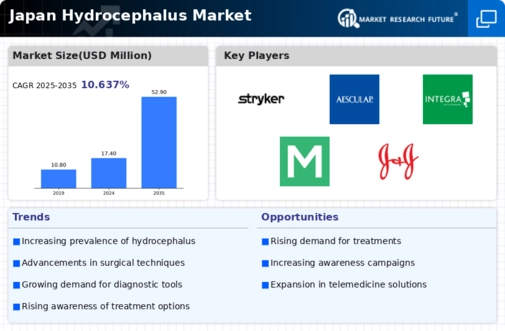
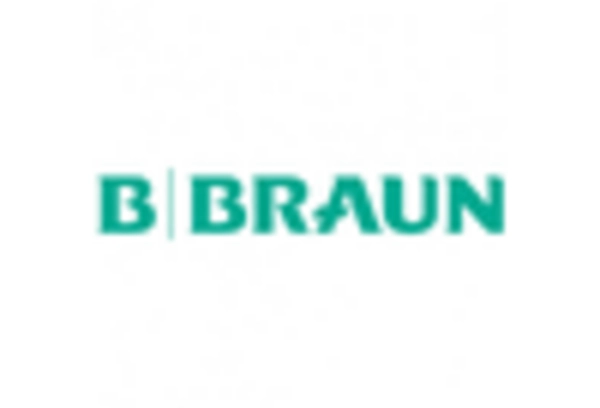
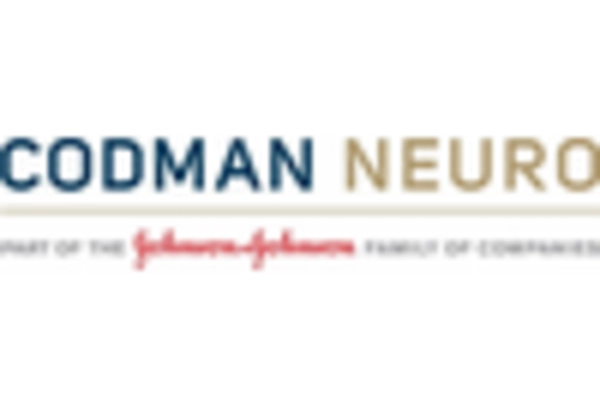
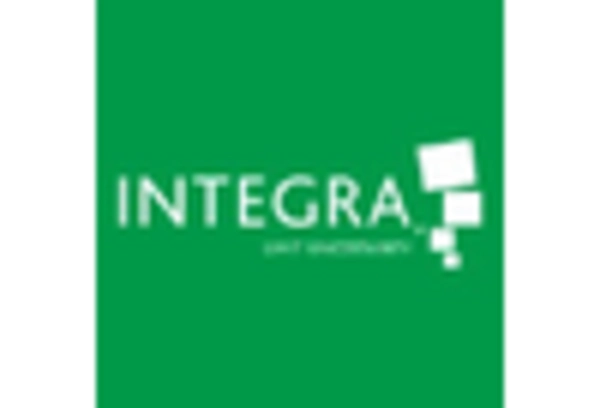
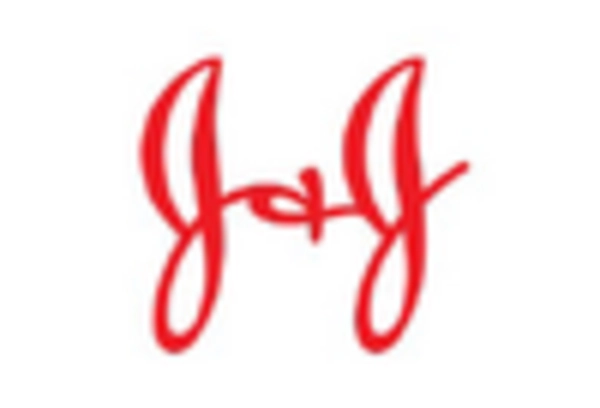

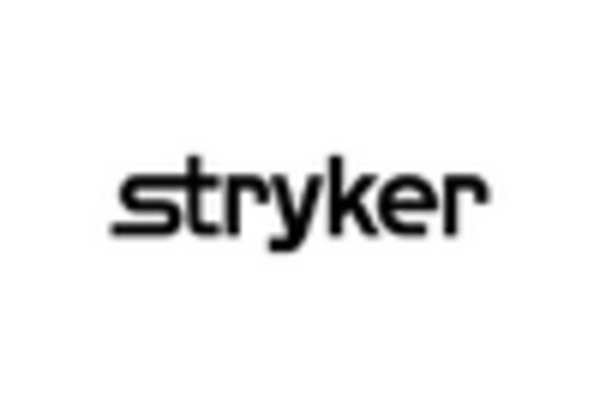








Leave a Comment